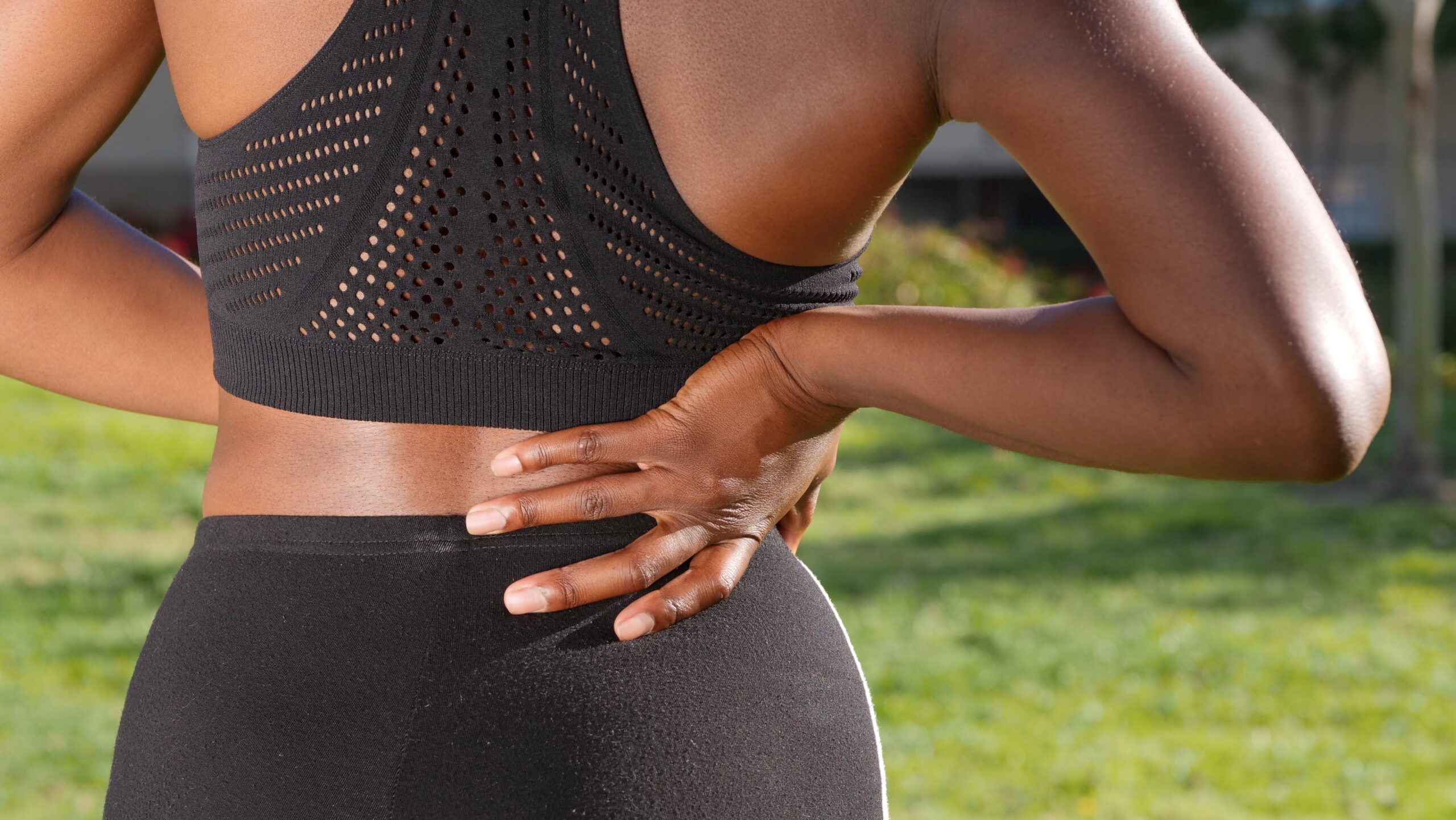
PRP is a minimally invasive outpatient procedure and can reduce pain, improve function and help you return to your normal activities or sporting pursuits. This novel approach, despite its success in clinical studies, is still surrounded by several myths. So, let’s debunk them.
1. PRP therapy requires surgery.
The plasma, the liquid where the platelets reside, is drawn from your body before being placed in a machine that separates the PRP from the rest of the blood. This PRP is then injected into the area of your body being treated. Once the platelets are in the target area, they will break down, releasing growth factors, important proteins that stimulate cell growth, differentiation, survival, inflammation, and tissue repair; collectively triggering your body’s healing process.
As you can see, PRP therapy does not require surgery, solely injections. In most instances, real-time imaging will also be used to guide us and ensure that the PRP is injected directly at the site of your injured tissues.
2. PRP is only good for pain relief.
Although PRP is generally used in patients with chronic pain conditions, there are so many additional benefits that this treatment will present beyond pain relief. This includes reduced inflammation, the recruitment of stem cells to the area triggering new tissue production, stimulation of blood vessel growth, and the degeneration prevention of healthy tissues. These benefits combine to speed up tissue regeneration and healing, relieving your pain. This is especially beneficial for athletes who are looking to get back on their feet as soon as possible.
3. PRP is a highly risky procedure.
Given that PRP therapy relies solely on injections, the procedure itself is deemed exceptionally safe. For starters, the plasma injected is autologous, meaning that it is made for your own blood, and you do not need to worry about potential negative reactions or side effects. What’s more, PRP therapy has been used for several years now, with no major complications being reported.
One study, in particular, investigated the clinical application and safety of PRP therapy for patients with patellar tendinopathy, a condition that causes chronic back pain. One of the key points the researchers noted, besides the remarkable improvement in back pain, was the safety of PRP and that no complications or side effects were seen across all 15 clinical studies included.
Considering PRP therapy but don’t know where to start? Or have more questions that you need answering? Get in touch with our team to discuss your options and how we can help relieve your pain.
